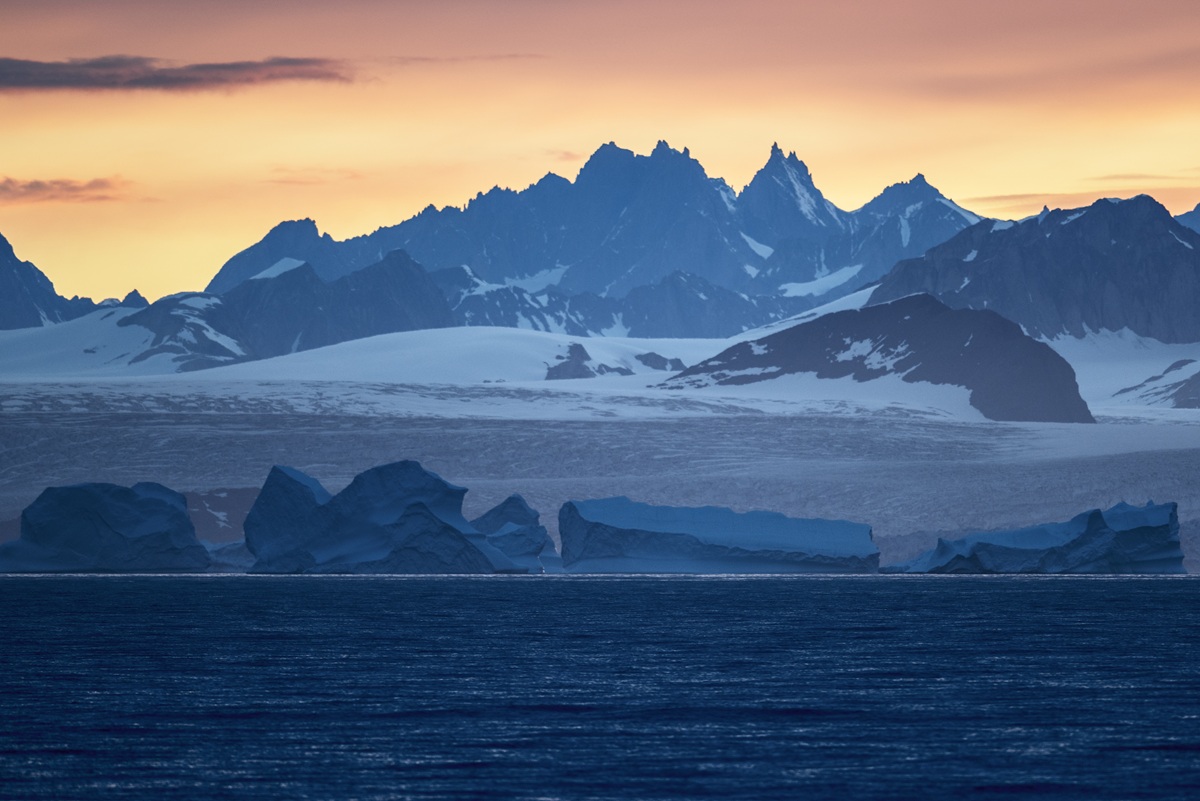Researchers have recently uncovered the secrets behind the resilience of a vast subglacial mountain range in East Antarctica, which was discovered by Soviet scientists in the 1950s.
A Geological Oddity
Covered by several hundred meters of ice, the Gamburtsev Range is a true geological oddity. Stretching nearly 1,200 kilometers, this hidden giant boasts remarkably preserved topography, with peaks reaching up to 3,500 meters above the surrounding bedrock and well-defined valleys.
In research published in the journal Earth and Planetary Science Letters, geologists from the University of Tasmania and Macquarie University employed an innovative approach to unravel the mysteries of this ancient and almost intact landscape, nestled beneath the largest ice sheet on the planet.
Since drilling through this thick ice cover to collect samples was not feasible, the team turned to tiny zircon crystals found in sedimentary deposits hundreds of kilometers away, carried there over 250 million years ago by rivers originating from the Gamburtsev Mountains.
The Secrets of the Resilience of the Gamburtsev Range Revealed
By examining the decay of uranium atoms in zircon, which transform into lead at a predictable rate, the authors of the new study determined that these landforms began to form over 600 million years ago when ancient landmasses, once separated by oceans, collided to create the supercontinent Gondwana.
This violent geological event caused a dramatic uplift of the Earth’s crust, which thickened and rapidly warmed, leading to the partial subsidence of the mountain range around 500 million years ago.
During this “gravitational spreading,” a crustal root composed of remarkably dense materials plunging down toward the Earth’s mantle essentially allowed the Gamburtsev’s topographical features to be maintained while protecting them from subsequent tectonic movements.
Previously, a vast river network and an ancient landscape dating back 14 million years had been discovered beneath the Antarctic ice.
I’m a disabled, xennial Christ-follower, slightly off kilter (but aren’t all “ar-teeests”?).
Hope you enjoy my rantings, don’t take my sarcasm too seriously and know that comments are welcome. 🙂


Leave a Reply